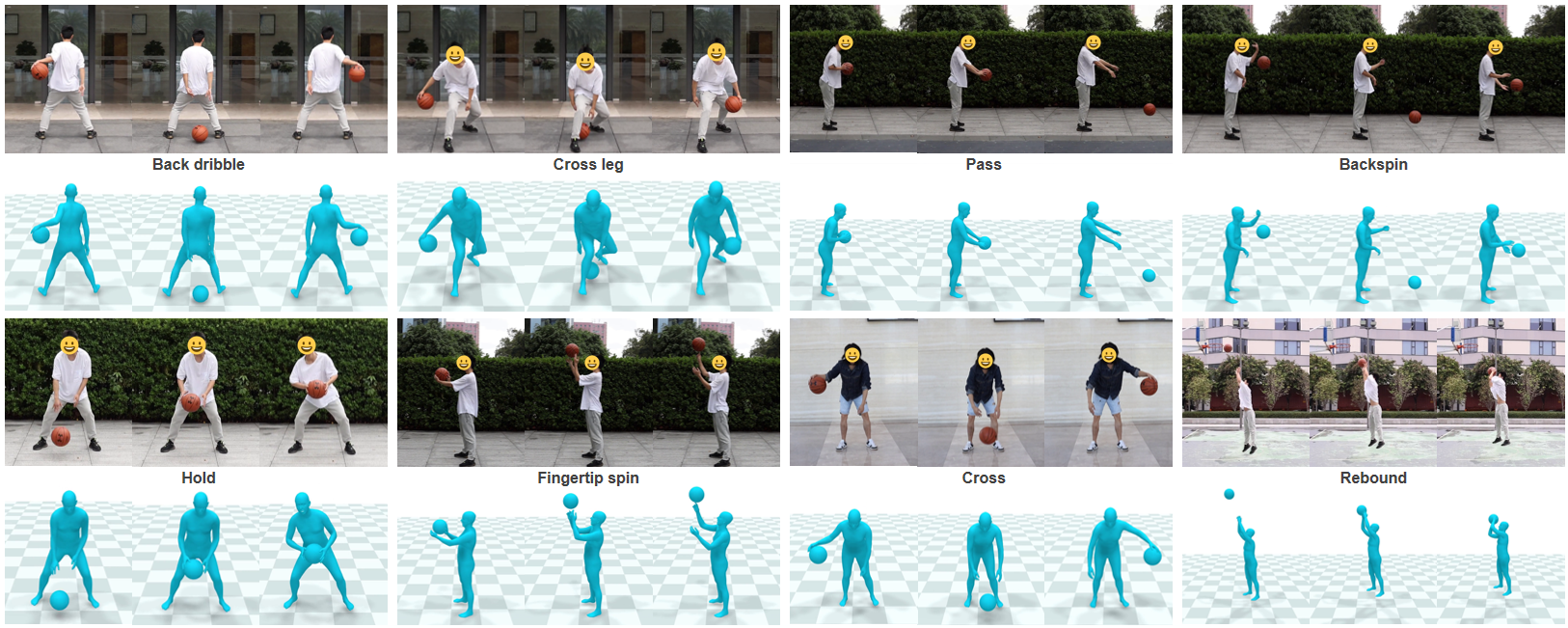Ablation on CGR
Through an ablation study on CGR, we can clearly see that the CGR plays a critical role in avoiding kinematic local optimum. Without the CGR, the humanoid may fail to control the ball, or, incorrectly uses his body to control the ball.


